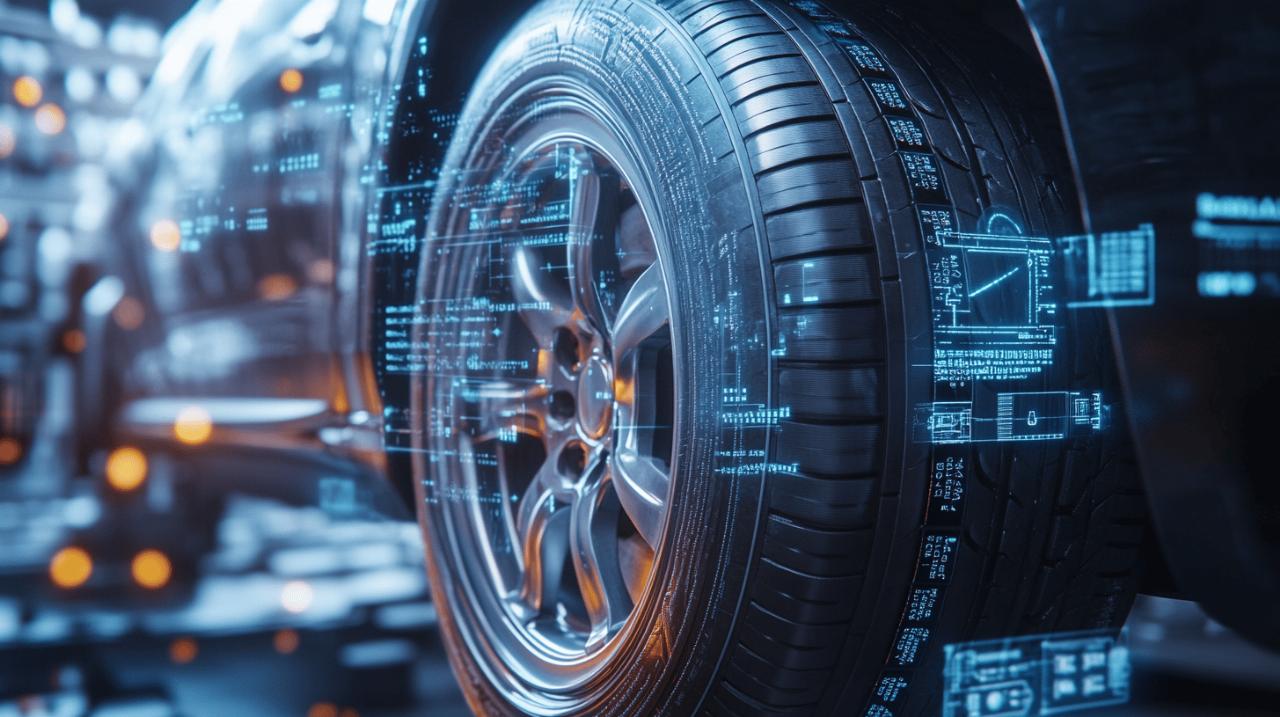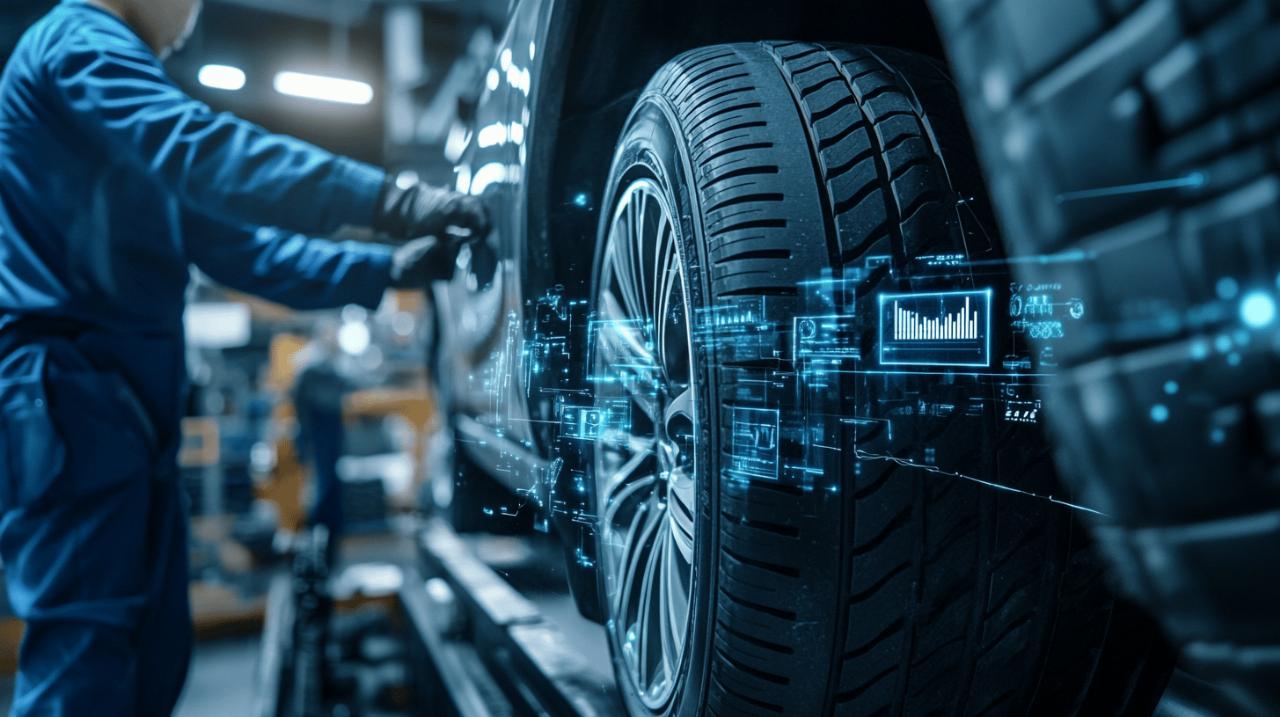Essential tire maintenance tips for long-lasting performance
Proper tyre maintenance is a crucial aspect of vehicle care that’s often overlooked until a problem arises. Whether you own a daily driver or a high-performance supercar, the condition of your tyres directly impacts safety, fuel efficiency, and overall driving experience. Following these essential maintenance tips will not only extend the life of your tyres but also enhance your vehicle’s performance on the road.
Understanding proper tyre pressure
Maintaining correct tyre pressure is perhaps the most fundamental aspect of tyre care. Many drivers visit the Auto Service Gall for tyre-related issues that could have been prevented with regular pressure checks. Experts recommend checking your tyre pressure at least once a month and before any long journeys, especially during significant temperature changes which can affect pressure levels.
Finding the Right Pressure for Your Vehicle
The recommended tyre pressure for most vehicles typically ranges between 28-36 PSI (pounds per square inch), but this varies depending on your specific vehicle make and model. You can find the correct pressure specifications in your owner’s manual, on the driver’s side door jamb, or inside the fuel filler cap. It’s important to note that front and rear tyres might require different pressure levels, particularly in performance vehicles where weight distribution plays a critical role.
How pressure affects fuel economy and safety
Incorrectly inflated tyres can significantly impact both fuel efficiency and safety. Underinflated tyres create more rolling resistance, forcing your engine to work harder and consume more fuel. Studies show that tyres just 20% below recommended pressure can increase fuel consumption by up to 10%. From a safety perspective, improper inflation affects handling, braking distances, and traction in wet conditions. While modern vehicles often come equipped with Tyre Pressure Monitoring Systems, these should complement rather than replace regular manual checks with a reliable gauge.
Monitoring tyre tread depth
Tread depth directly affects your vehicle’s grip on the road, especially in wet or slippery conditions. As tyres wear down, their ability to channel water away decreases, increasing the risk of hydroplaning and reducing overall traction.
Legal Requirements for Tread Depth in the UK
In the United Kingdom, the legal minimum tread depth is 1.6mm across the central three-quarters of the tyre’s width and around its entire circumference. Driving with tyres below this threshold is not only dangerous but also illegal, potentially resulting in fines of up to £2,500 and three penalty points per defective tyre. However, most automotive experts recommend replacing tyres when the tread reaches 3mm, as performance begins to decline significantly before reaching the legal minimum.
Simple Methods to Check Your Tread at Home
While professional measurements are most accurate, there are several reliable ways to check your tread depth at home. One common method is the 20p test, where you insert a 20 pence coin into the tread groove. If the outer band of the coin remains visible, your tyres may be approaching the legal limit and should be inspected professionally. Another approach is to look for the tread wear indicators, which are small raised bars within the grooves that become flush with the tread surface when worn to the legal limit. For those seeking more precision, inexpensive tread depth gauges are readily available and provide more accurate measurements.
The importance of regular tyre rotation
Tyres wear unevenly based on their position on the vehicle, with front tyres typically experiencing more wear on the outer edges due to turning, while rear tyres tend to wear more uniformly. Regular rotation helps distribute wear patterns evenly, extending the overall life of all four tyres.
Recommended rotation patterns and schedules
Most manufacturers and tyre specialists recommend rotating your tyres every 5,000 to 8,000 miles, though this can vary based on driving habits and vehicle specifications. The rotation pattern depends on whether your vehicle is front-wheel, rear-wheel, or all-wheel drive. For front-wheel drive vehicles, the typical pattern involves moving the front tyres to the rear in their same left/right position, while the rear tyres move to the front but switch sides. Rear-wheel drive vehicles often use the opposite pattern. Always consult your vehicle manual for the recommended rotation pattern specific to your car.
Benefits of Rotation for Extended Tyre Life
Beyond extending tyre life, regular rotation offers several additional benefits. It helps maintain consistent handling and traction characteristics, reduces noise and vibration from uneven wear, and can even improve fuel economy by ensuring all tyres maintain proper contact with the road surface. When performed alongside other maintenance like wheel balancing and alignment checks, rotation becomes part of a comprehensive tyre care strategy that can significantly extend the service life of your tyres beyond the average 50,000 miles or five years.
Spotting and addressing tyre damage
Regular visual inspections can help identify potential issues before they become serious safety hazards. Taking a few moments to examine your tyres whenever you clean your vehicle can save substantial money and prevent dangerous situations on the road.
Common Types of Tyre Damage to Watch For
Several types of damage require immediate attention. Sidewall bulges indicate structural damage to the tyre’s internal components and require immediate replacement. Cuts or punctures in the tread area may be repairable if they’re small and located in the central tread area, but damage near the sidewall generally necessitates replacement. Uneven wear patterns often signal alignment or suspension issues that should be addressed promptly. Look also for signs of age-related deterioration like cracking or checking in the rubber, particularly in vehicles that aren’t driven frequently or are stored outdoors.
When to Repair versus When to Replace
Minor punctures in the tread area can often be repaired if they’re smaller than 6mm in diameter and located away from the sidewall. A proper repair should involve both plugging the hole and patching it from the inside, rather than using temporary plug-only solutions. However, tyres should be replaced entirely if they show signs of impact damage, have punctures larger than 6mm, exhibit sidewall damage, or have worn down to near the legal tread limit. Tyre age is another consideration, with most manufacturers recommending replacement after 5-6 years regardless of tread depth, as rubber compounds degrade over time even when not in use.
Wheel alignment fundamentals
Wheel alignment refers to the adjustment of the angles of your wheels to the manufacturer’s specifications. Proper alignment ensures your vehicle tracks straight and true, while also distributing wear evenly across all tyres.
Signs your vehicle needs alignment service
Several symptoms indicate potential alignment issues. If your vehicle pulls to one side while driving on a level road with your hands off the steering wheel, alignment is likely needed. Uneven or rapid tyre wear, particularly on just one edge of the tyre, strongly suggests alignment problems. A steering wheel that isn’t centered when driving straight or unusual vibrations at certain speeds can also signal alignment concerns. Most manufacturers recommend having your alignment checked annually or after hitting significant potholes, curbs, or other road hazards.
How proper alignment preserves tyre condition
Correct wheel alignment optimizes the contact between your tyres and the road surface, ensuring even pressure distribution and wear patterns. This not only extends tyre life but also improves fuel efficiency by reducing rolling resistance. Proper alignment also enhances overall vehicle handling, steering response, and stability during emergency maneuvers. For high-performance vehicles, precise alignment is even more critical, as even minor deviations can significantly affect handling characteristics and tyre longevity. The cost of regular alignment checks is minimal compared to the expense of premature tyre replacement and the improved safety margin proper alignment provides.


